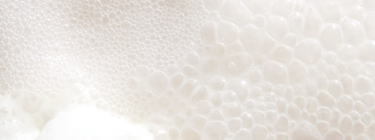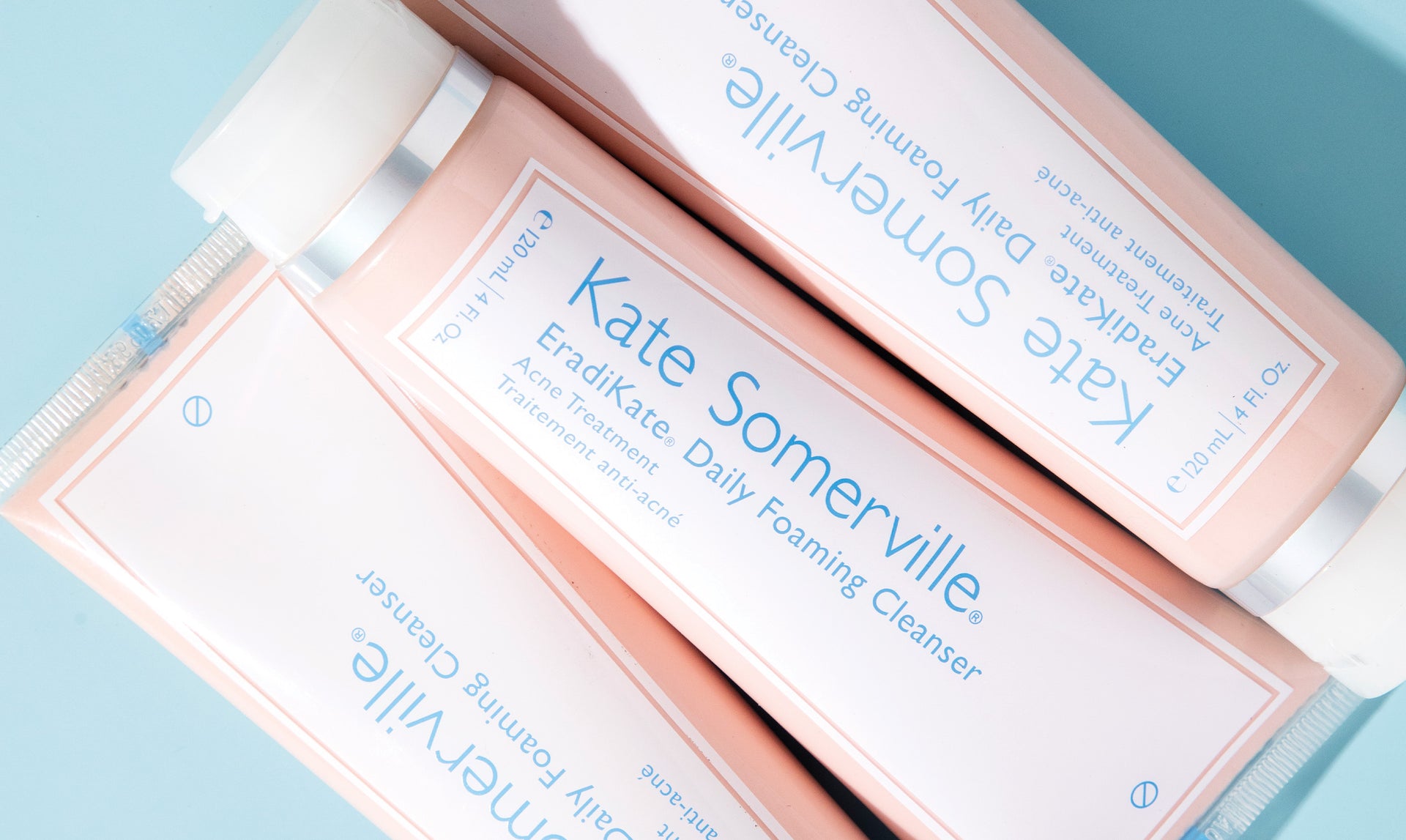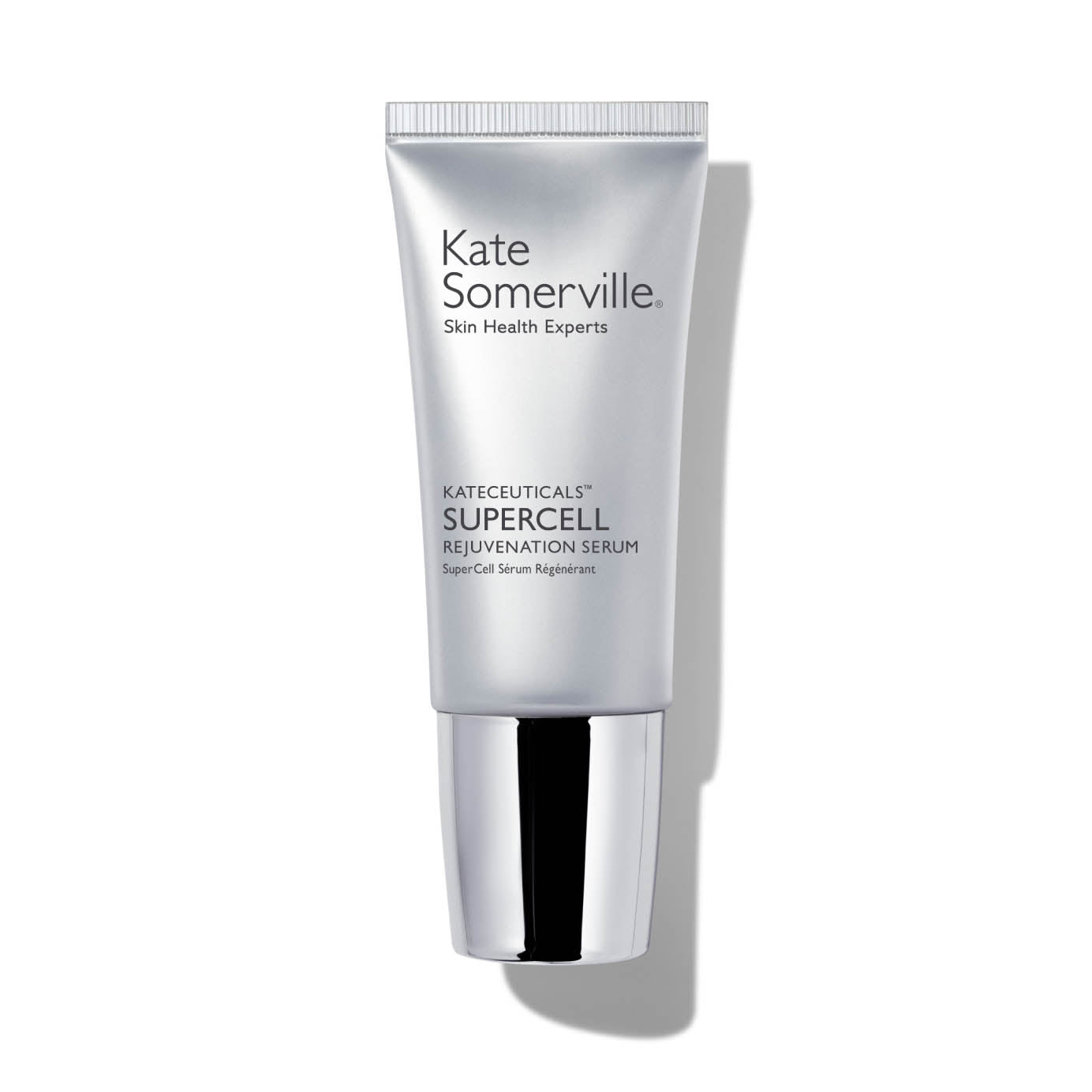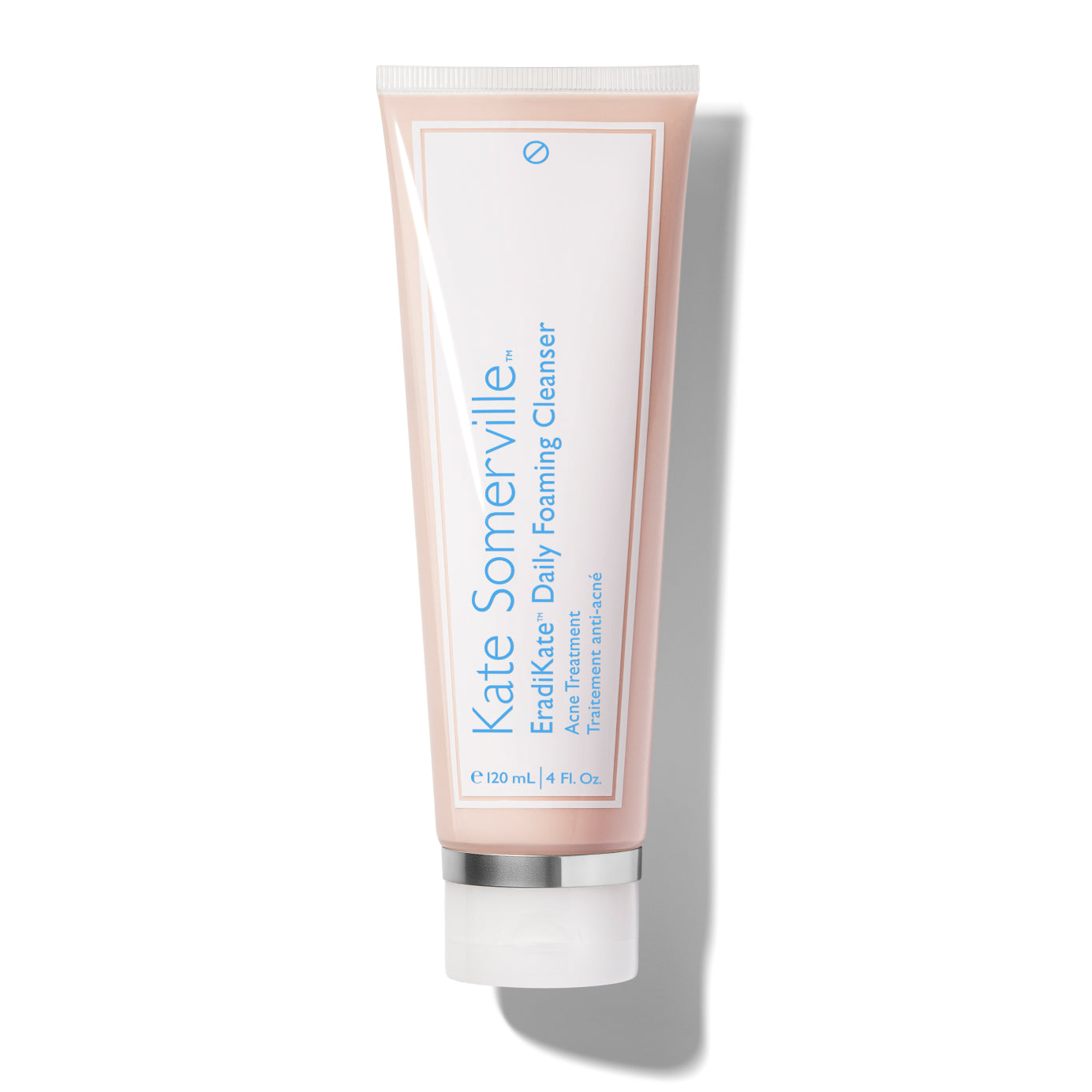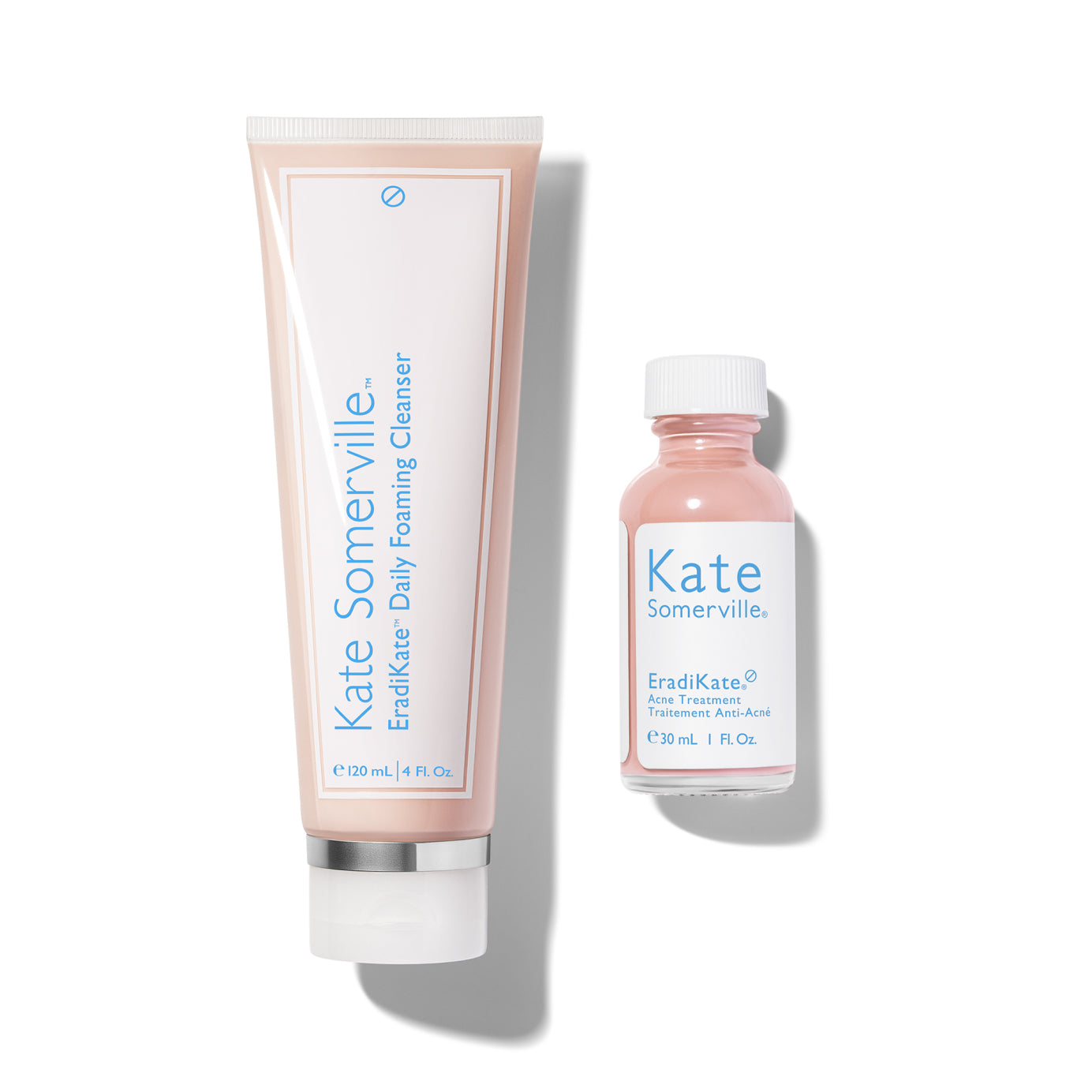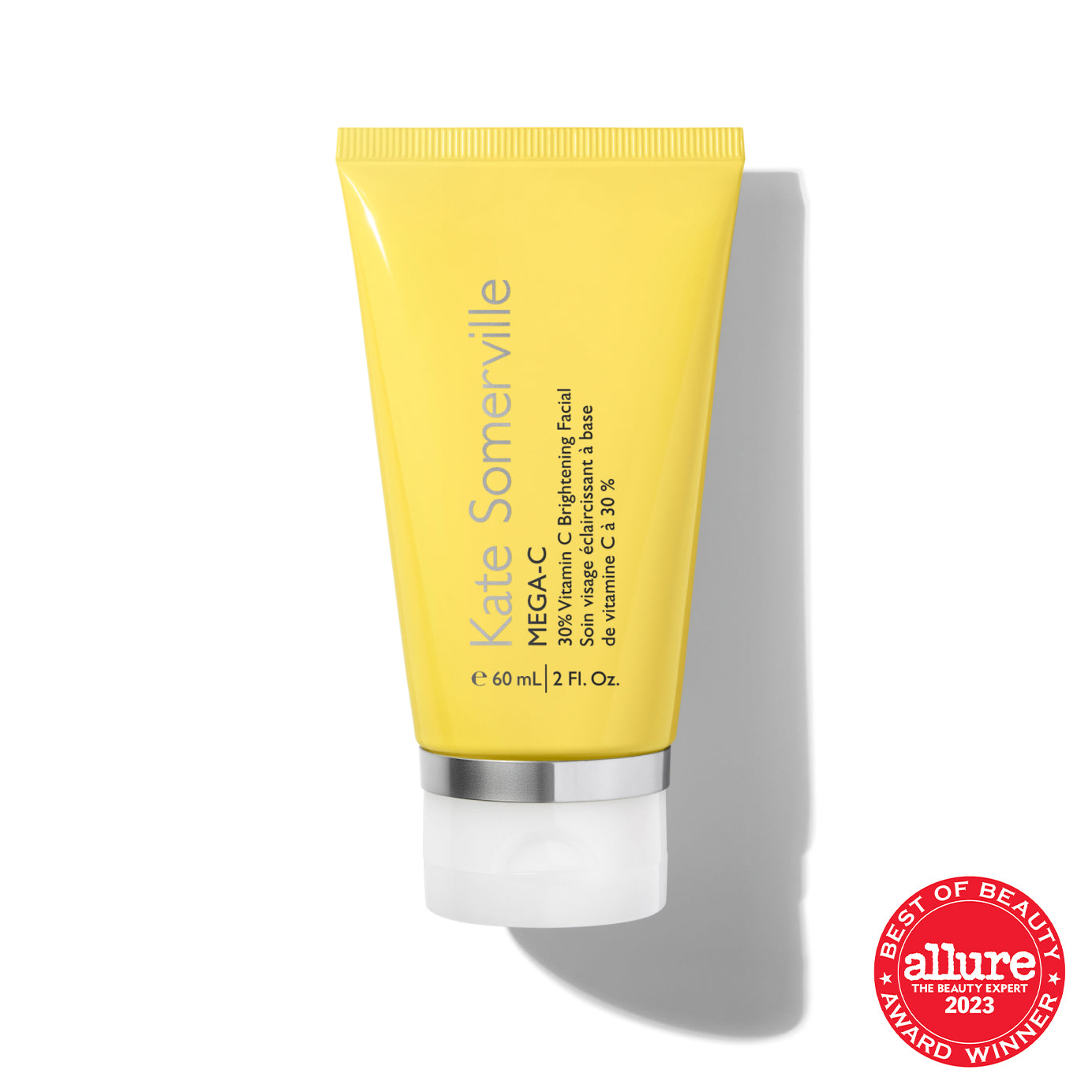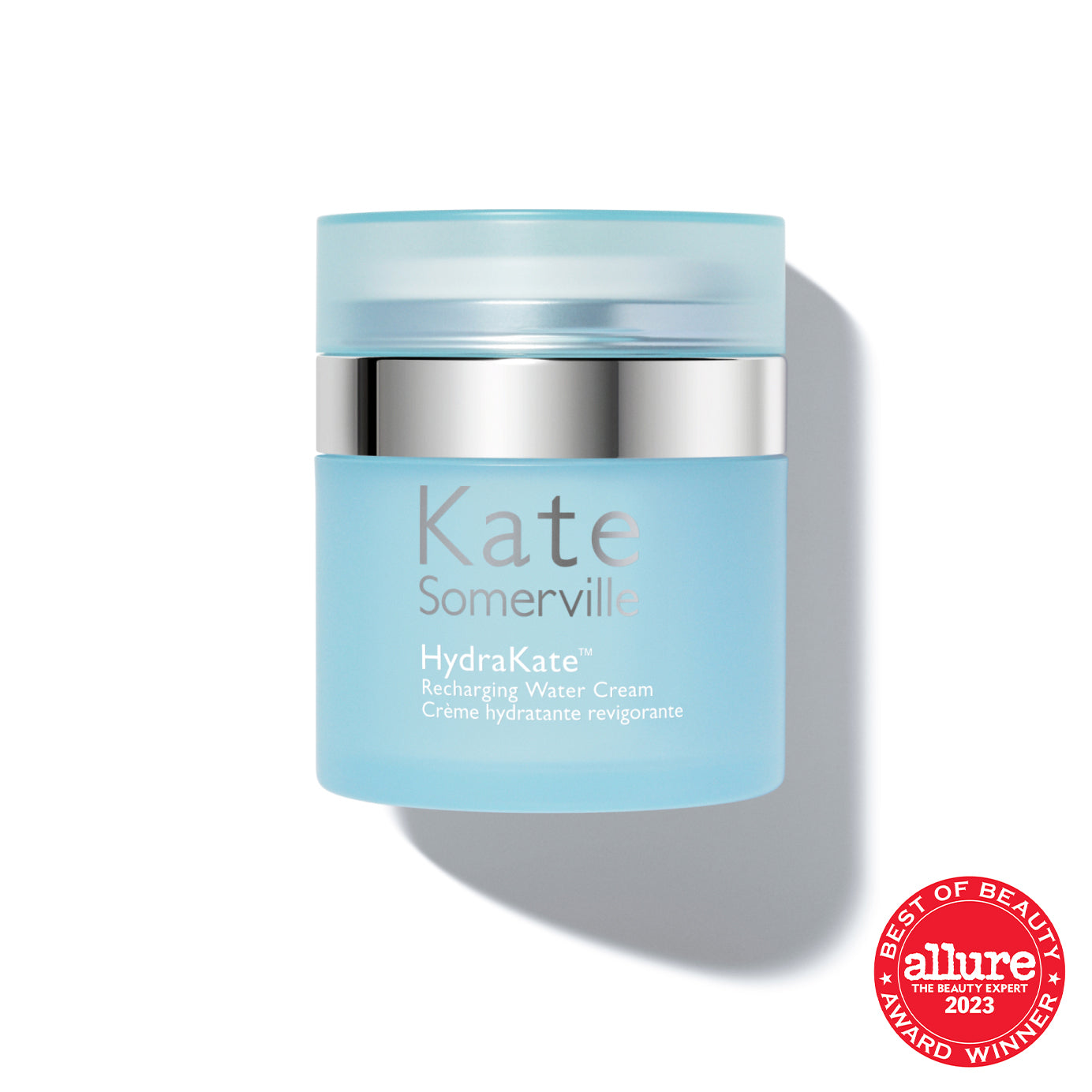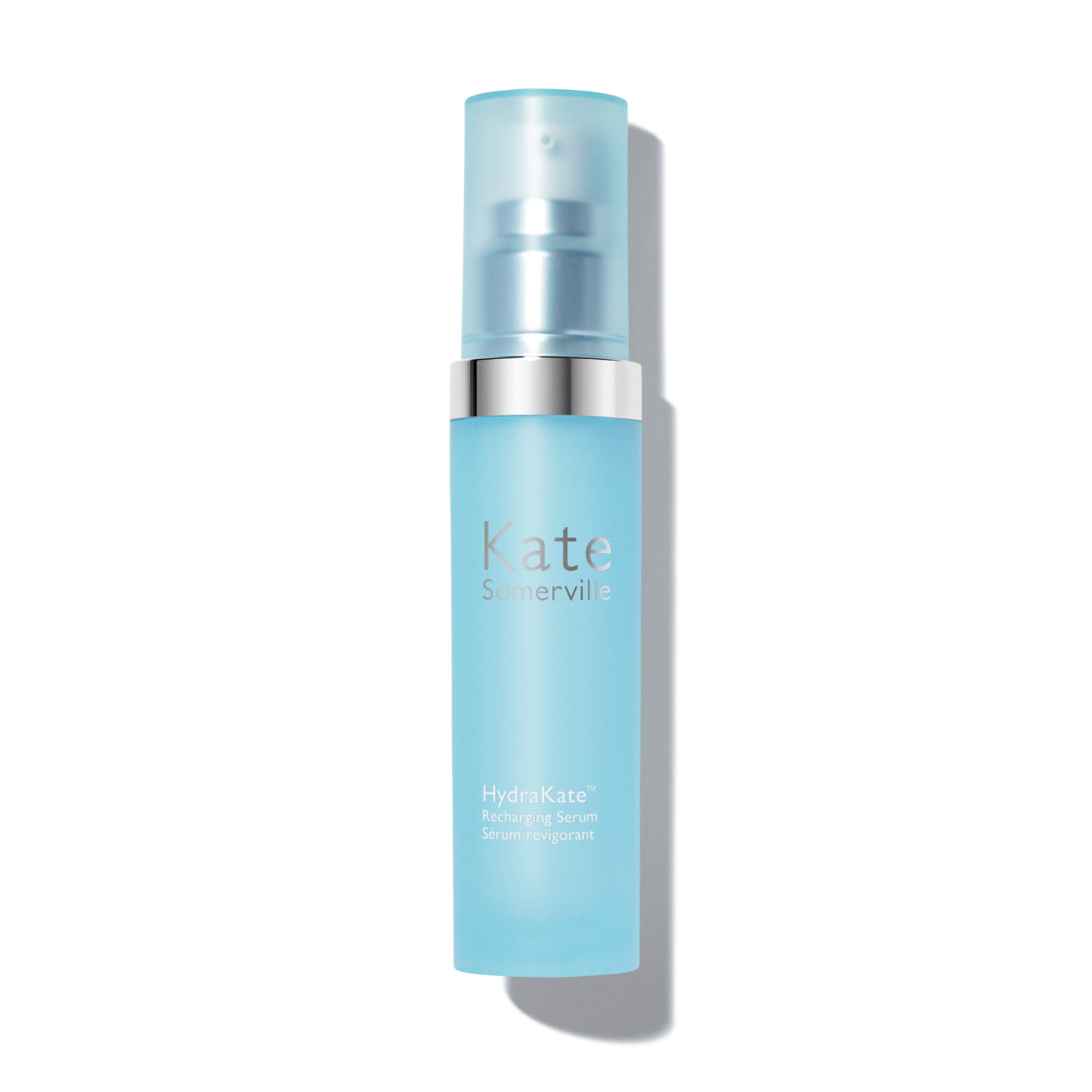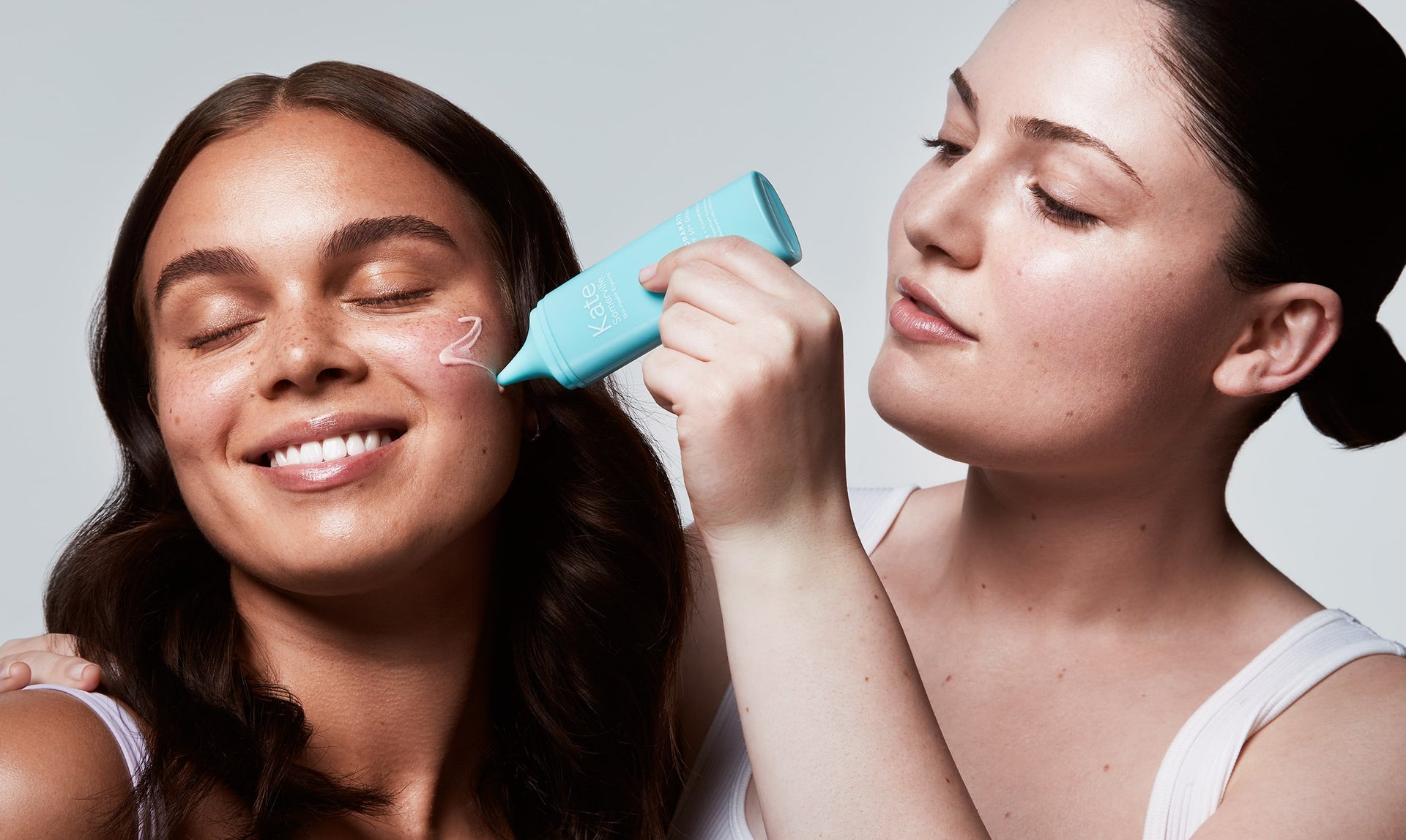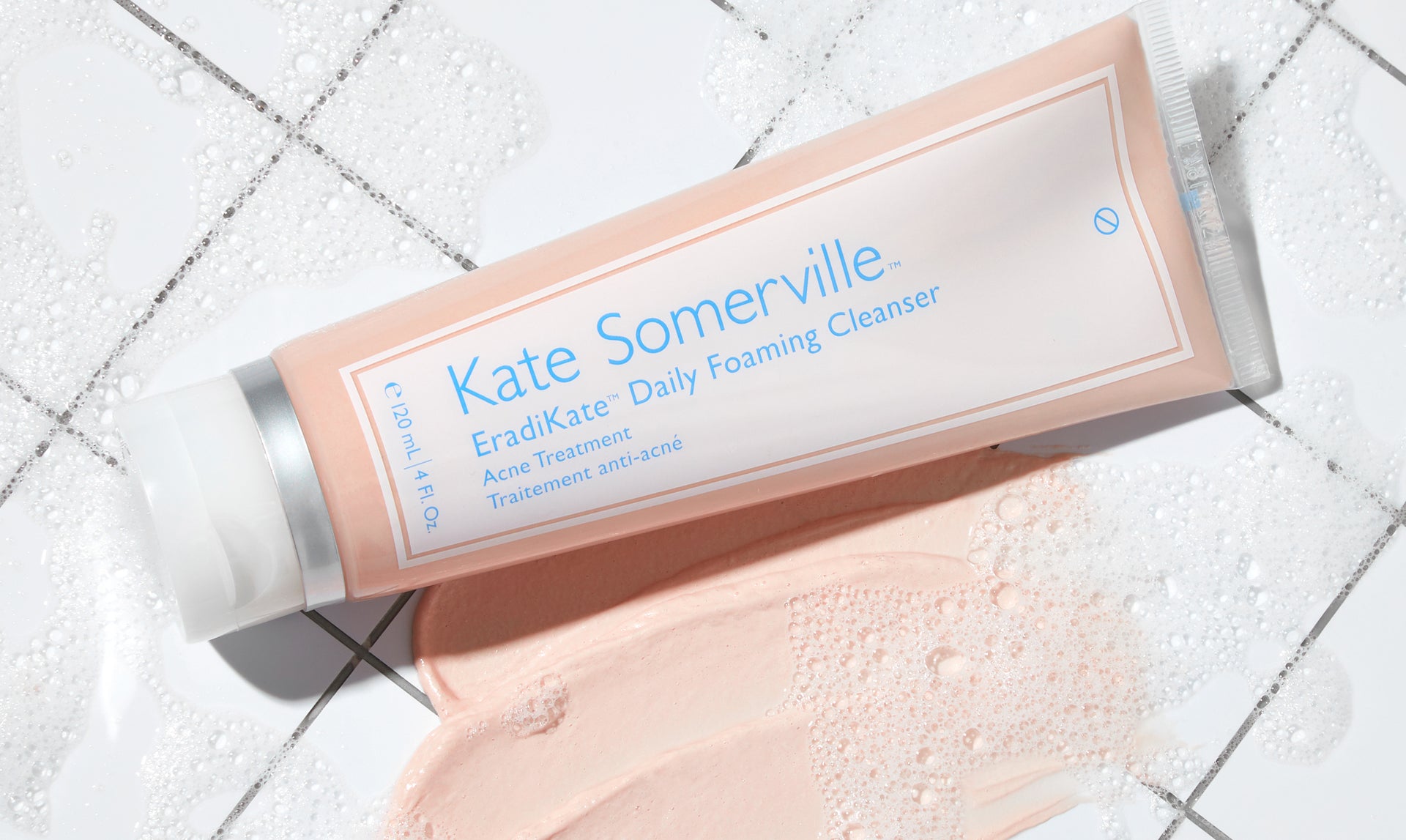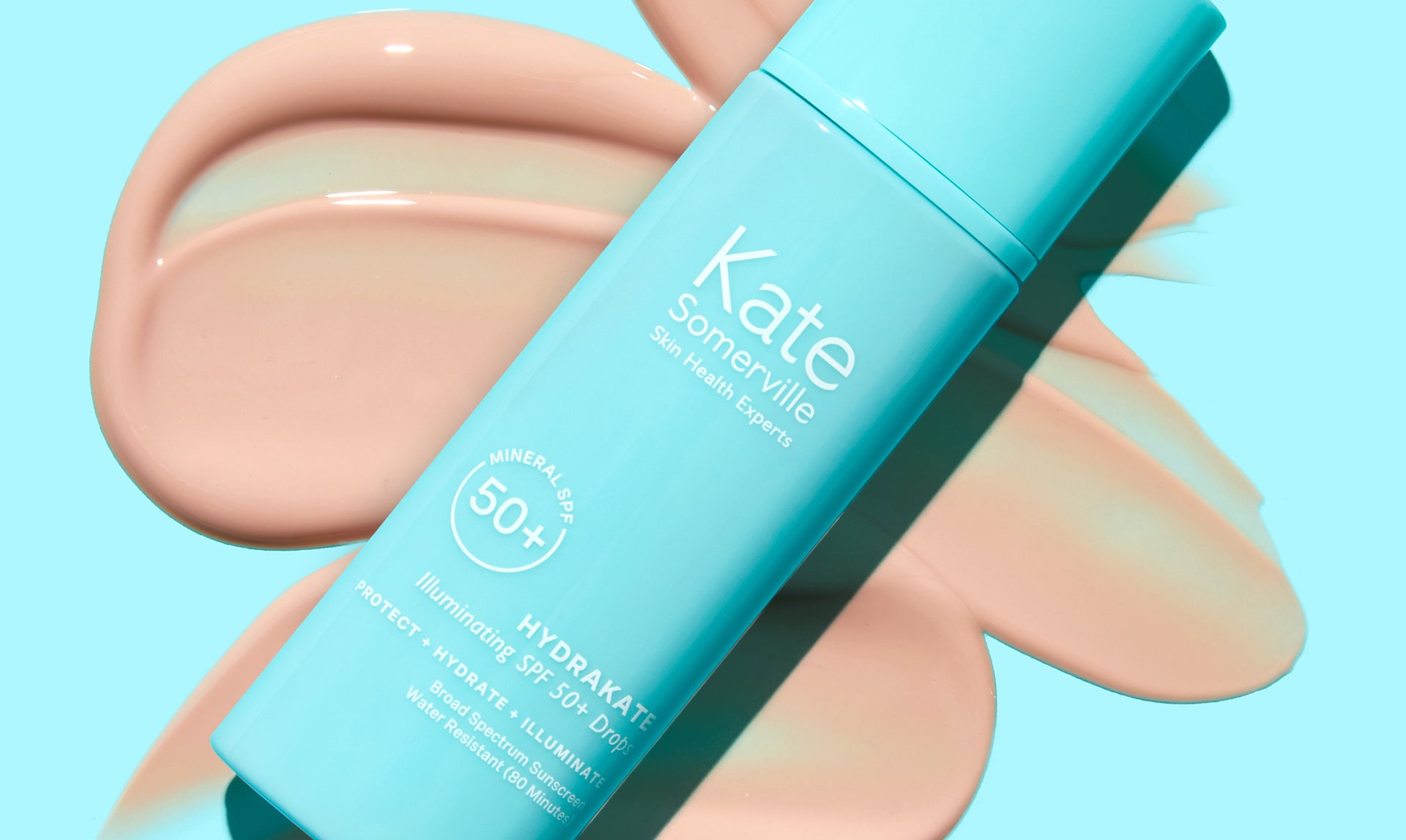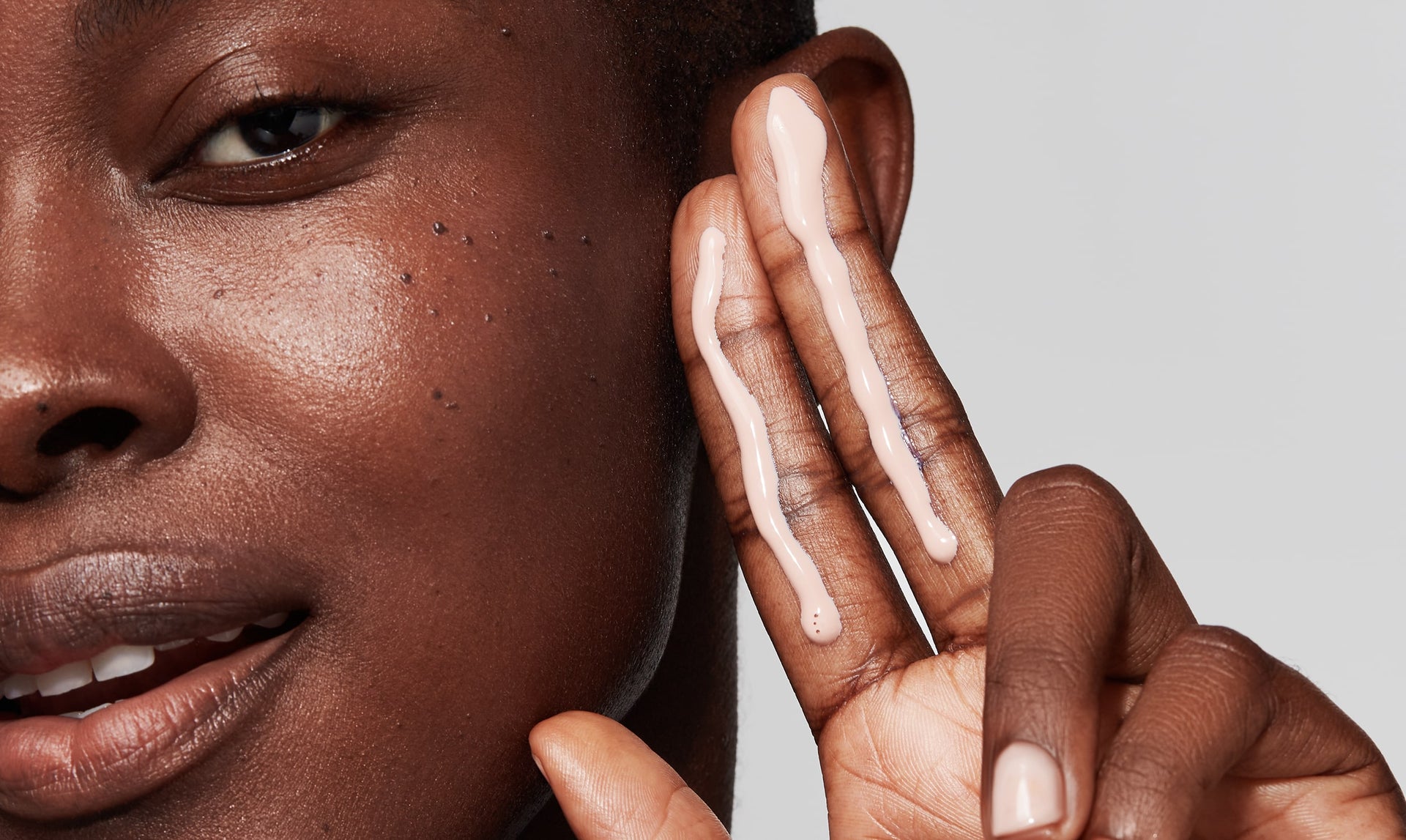Sebaceous Filaments: Understanding and Managing Them
If you've ever looked closely at your skin, especially around your nose or on your T-zone, you might have noticed tiny, pin-like structures in your pores. These are known as sebaceous filaments, and they are a common skin concern for many. But what exactly are sebaceous filaments, and how can you effectively manage them? In this comprehensive guide, we'll delve into the world of sebaceous filaments, providing you with the information you need to know on how to get rid of sebaceous filaments.
What Are Sebaceous Filaments?
Sebaceous filaments are often mistaken for blackheads, but they are quite different. They are tiny, cylinder-like structures that reside in your pores, primarily on the nose, chin, and forehead. Unlike blackheads, they are not a form of acne and are a natural component of your skin's ecosystem.
Before we dive into understanding and managing sebaceous filaments, let's explore the science behind their formation.
Understanding Sebaceous Filaments
Defining Sebaceous Filaments
Sebaceous filaments are semi-liquid substances composed of sebum (skin oil), shed skin cells, and hair follicles. These filaments serve a crucial role in maintaining the health of your skin by allowing sebum to reach the skin's surface, keeping it well-moisturized.
The Science Behind Sebaceous Filament Formation
Sebaceous filaments originate from sebaceous glands connected to hair follicles. These glands produce sebum, which travels through the hair follicle and reaches the skin's surface, keeping it hydrated.
However, over time, this perfectly orchestrated process can encounter challenges. Sebum production can become excessive, especially in individuals with naturally oily skin. When this happens, an excess of sebum can mix with dead skin cells that are naturally shed by your skin. This combination of sebum and dead skin cells begins to accumulate within your pores—forming sebaceous filaments.
Understanding the science behind sebaceous filaments is essential because it allows us to develop effective strategies for managing them.
Causes and Contributing Factors
Several factors contribute to the development of sebaceous filaments:
- Excess Sebum Production: Individuals with oily skin are more prone to sebaceous filament formation because their sebaceous glands produce more oil, creating an ideal environment for these structures to develop.1,2
- Dead Skin Cells: A build-up of dead skin cells can contribute to sebaceous filament formation as these cells mix with sebum and hair follicles, gradually leading to their appearance within the pores.
- Genetics: Your skin type and genetics can play a role in how susceptible you are to sebaceous filaments, with some individuals inheriting a predisposition to this common skin concern.2
- Hormonal Changes: Hormonal fluctuations, such as those during puberty or pregnancy, can lead to increased sebum production, contributing to sebaceous filament development, especially in times of hormonal imbalance.
- Skincare Products: Using heavy, oil-based skincare products can exacerbate the issue, as they can further clog pores and contribute to the formation of sebaceous filaments.
Understanding these factors is essential for effectively treating and managing sebaceous filaments.
How to Identify Sebaceous Filaments
Visual Characteristics of Sebaceous Filaments
Sebaceous filaments can often be observed on the nose, where they appear as small, pin-like structures within the pores. They are typically yellow or gray in color and may be more noticeable in individuals with fair skin.
Differentiating from Other Skin Blemishes
It's crucial to differentiate sebaceous filaments from other skin blemishes like blackheads and whiteheads. Sebaceous filaments are smooth and evenly distributed within the pores, whereas blackheads and whiteheads are raised, bumpy, and typically discolored.
Should You Squeeze Sebaceous Filaments?
One question that often arises when dealing with sebaceous filaments is whether or not it's advisable to squeeze them. The answer, in most cases, is a resounding "no."
Squeezing sebaceous filaments may lead to several problems. First, it can damage your skin by causing micro-tears, redness, and inflammation, ultimately making the situation worse.1 Second, squeezing can push the filaments deeper into the pore, exacerbating the issue. Additionally, it may lead to the development of more noticeable sebaceous filaments over time.
Instead of squeezing, focus on the effective treatments and preventive measures outlined in this guide. With patience and the right skincare routine, you can manage sebaceous filaments without resorting to potentially harmful squeezing methods.
Effective Treatment Methods
Now that we understand sebaceous filaments and their causes, let's explore a range of methods to effectively manage and minimize them.
Topical Treatments
- Exfoliation: Using products containing glycolic acid or retinol can help exfoliate dead skin cells, preventing them from mixing with sebum and forming filaments. Consider the ExfoliKate Intensive Exfoliating Treatment, which is designed to improve your face texture and provide a healthy glow.
- Clay Masks: Clay masks can draw out excess oil and dead cells, helping to clean and minimize the appearance of sebaceous filaments, leaving your skin looking refreshed and revitalized.
- Sulfur-Infused Cleansers: Consider using a product like our EradiKate Daily Foaming Cleanser with sulfur to combat sebaceous filaments effectively. You may be wondering: how does sulfur help fight pimples and sebaceous pimples? Sulfur works by gently exfoliating the skin, regulating sebum production, and reducing the visibility of these tiny structures within your pores.
Why Sulfur is the Perfect Choice for Sebaceous Filament Treatment
Sulfur has indeed emerged as a standout ingredient in the realm of skincare, especially when it comes to addressing visible sebaceous filaments. At Kate Somerville, we've harnessed the power of sulfur in our products to combat these skin concerns effectively.
The EradiKate Daily Foaming Cleanser, infused with 3% sulfur, plays a crucial role in this fight. It offers gentle exfoliation that removes dead skin cells and excess oil, unclogging pores and reducing the visibility of sebaceous filaments. Sulfur's unique ability to regulate sebum production further contributes to clearer pores, while its natural anti-inflammatory properties soothe irritation and redness.
For more targeted treatment, we've formulated the EradiKate Sulfur Acne Treatment, which contains 10% sulfur and 2% salicylic acid. This combination creates a potent spot treatment that specifically addresses the challenges posed by sebaceous filaments. When used together, these products become your trusted allies in achieving clearer, more radiant skin.
Now that you're armed with the knowledge of our sulfur-infused skincare solutions, let's delve into an effective skincare routine for managing sebaceous filaments.
Effective Skincare Routine for Sebaceous Filaments
Here's a step-by-step guide to an effective skincare routine for managing sebaceous filaments:
- Cleansing: Use a gentle, sulfur-infused cleanser like our EradiKate Daily Foaming Cleanser to remove excess oil and dead cells.
- Exfoliation: Incorporate an exfoliate such as ExfoliKate Intensive Exfoliating Treatment that effectively deep-clean pores, remove dead skin cells, and enhance skin texture.
- Clay Masks: Use clay masks once or twice a week to deep-clean your pores.
- Moisturize: Choose a non-comedogenic moisturizer, to keep your skin hydrated without clogging pores.
- Sun Protection: Always wear sunscreen, as some treatments can make your skin more sensitive to UV radiation. Make sure you know how much sunscreen to use on your face because using too little can diminish its effects.
Expert Advice from Kate Somerville
Sebaceous filaments are a common skin concern, but armed with the right knowledge and effective treatments, you can manage and minimize their appearance. Understanding their formation, causes, and preventive measures is the key to achieving healthy, radiant skin.
When it comes to achieving healthy, radiant skin and effectively managing sebaceous filaments, expert advice can make all the difference. Our team at Kate Somerville is here to offer invaluable guidance so you can feel confident in your skin.
Our skincare philosophy is rooted in science and effectiveness. Our texture & pores skincare collection is formulated to address a wide range of skin concerns, including sebaceous filaments. Remember that consistency and patience are crucial, and consulting a dermatologist when needed is always a wise choice on your journey to healthier, clearer skin.
Sebaceous filaments need not be a source of worry – with the right information and tools at your disposal, you can confidently embrace healthy, radiant skin.
